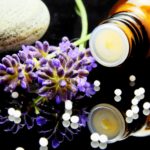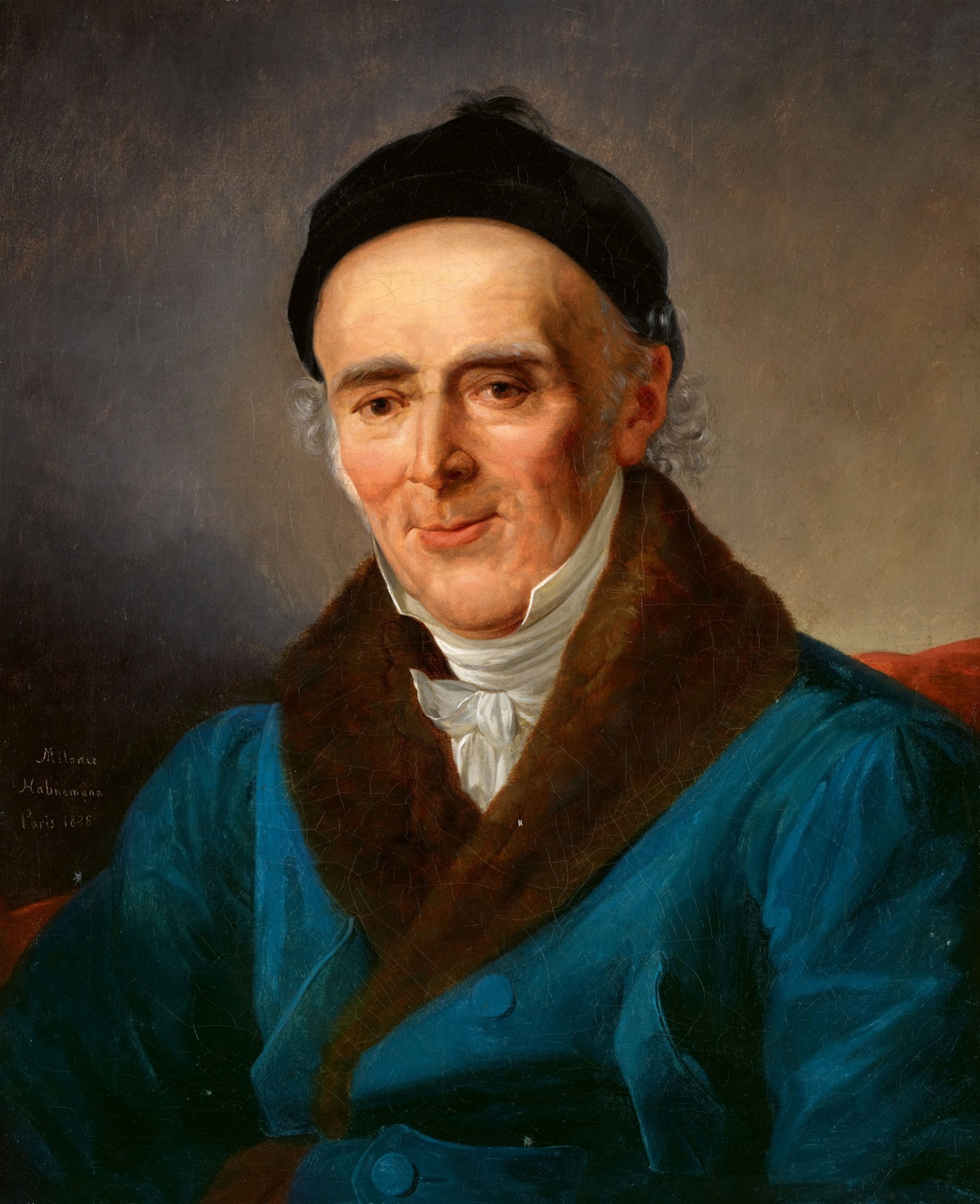
What Is Homeopathy?
Homeopathy is a 200 year old system of healing which uses various substances from nature, often in ultra diluted form, in order to stimulate the body’s own healing mechanism.
The term homeopathy comes from Greek terminology – ‘homeo’ meaning ‘similar’ and ‘pathy’ meaning ‘suffering’. The homeopathic system of medicine is based on the discovery that any substance in nature that can ‘cause’ certain symptoms in the healthy, can also ‘cure’ them in the sick, if their symptom patterns are similar to one another. For example – an individual experiencing stinging, watery eyes with runny nose and sneezing after cutting an onion often finds dramatic relief from Allium Cepa, a remedy made from red onions. This happens according to nature’s law known as “Law of Similars’ or ‘Like Cures Like’ and is the foundational basis of homeopathy.

History
Historically, the law of similars is said to have been proposed by Hippocrates approximately 2000 years ago. It has also been mentioned around the world for centuries in the form of proverbs such as ‘iron cuts irons’ or ‘poison treats poison.’ However, it was Dr. Samuel Hahnemann of Germany, who in the 18th century actually proved, systemized and applied the law of similars for medicinal purposes.
Discontented with the barbaric medical practices of his time such as bloodletting, purgatives etc., Dr. Hahnemann decided to quit his medical practice and started translating foreign medical texts into German, as he was also fluent in seven languages. One day, while translating a text about Peruvian Bark, he read that it was an effective medicine for malaria because of its bitter and astringent properties. This theory did not make sense to him as there were many medicines with such properties which did not treat malaria. So one day he decided to test peruvian bark on himself. Although Hahnemann was healthy and did not have malaria, soon after ingesting the peruvian bark, he developed symptoms which were very similar to those of malaria such as fever, vomiting, muscle and joint pain etc. He observed the same malaria-like symptoms appearing every time he took a dose of the peruvian bark. This made him wonder that perhaps it was not the bitter and astringent properties of peruvian bark that treated malaria. Instead, it may be due to the ability of peruvian bark to induce malaria-like symptoms in the healthy.
After this incident Hahnemann’s curiosity rose and he began a systematic exploration of the effects of various substances from nature on healthy individuals. He called this procedure ‘provings’. A group of healthy people (provers) of different sexes and ages were recruited to conduct a proving. Each prover was given a small dose of a test substance for a certain period of time. All the symptoms that each prover experienced as a result of ingesting the substance were carefully observed and recorded in precise detail by a supervisor. For each substance tested, multiple provings were done and cross -referenced with each other to ensure accuracy. These symptoms were then compiled into what is known as ‘Materia Medica’ which is used as a reference book for homeopaths to prescribe suitable medicines for patients. After the vigorous amount of work which included experimentation, careful study and documentation of various proving substances and after successfully and consistently treating his patients in a rather rapid and gentle manner with his newly developed form of medicine, he arrived at a conclusion of the law of similars according to which – a substance in a minute dose can cure a person suffering from a similar pattern of symptoms that its capable of producing in a healthy individual. Today, we have a collection of hundreds of proven remedies which can be reliably prescribed to relieve the suffering of humanity.

